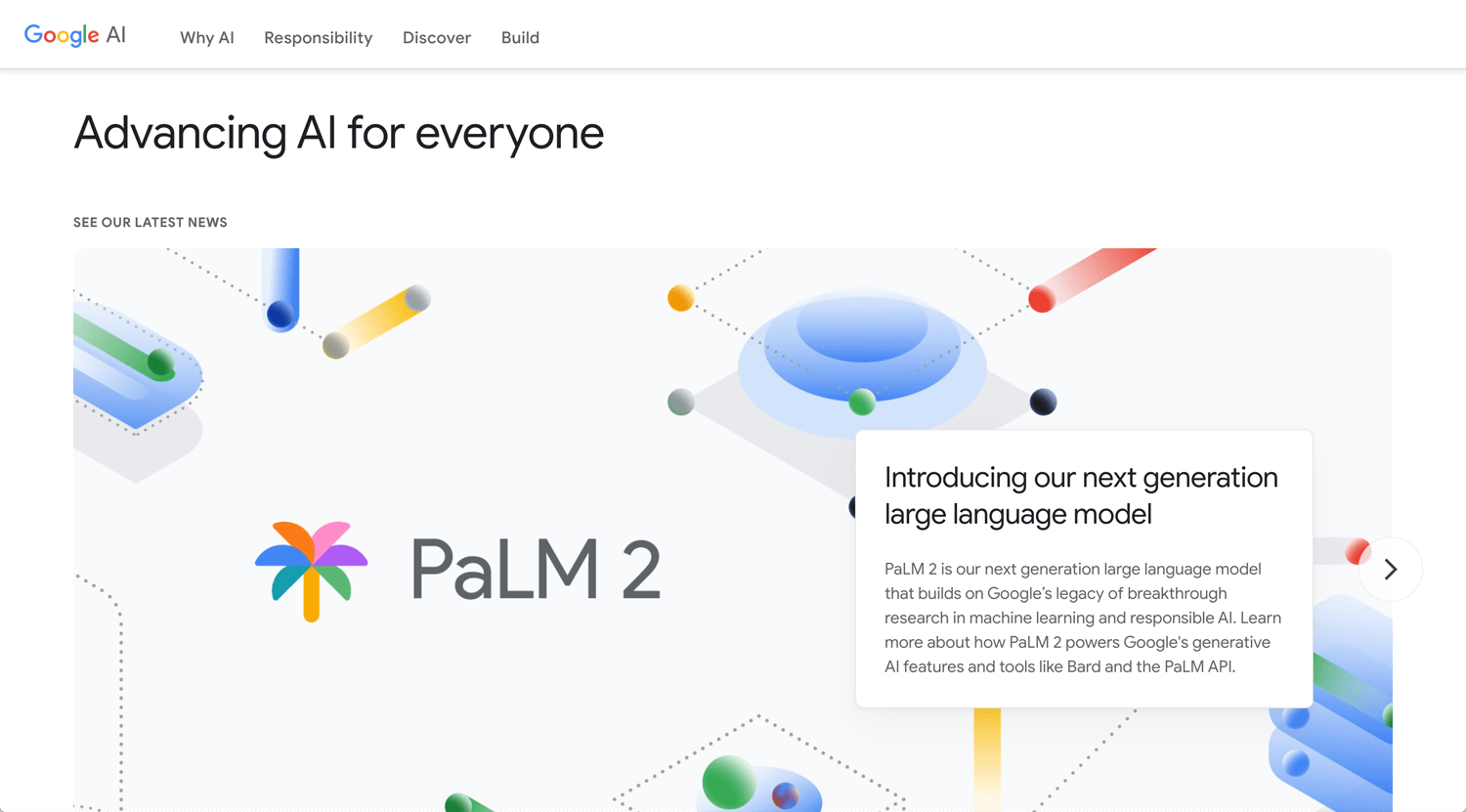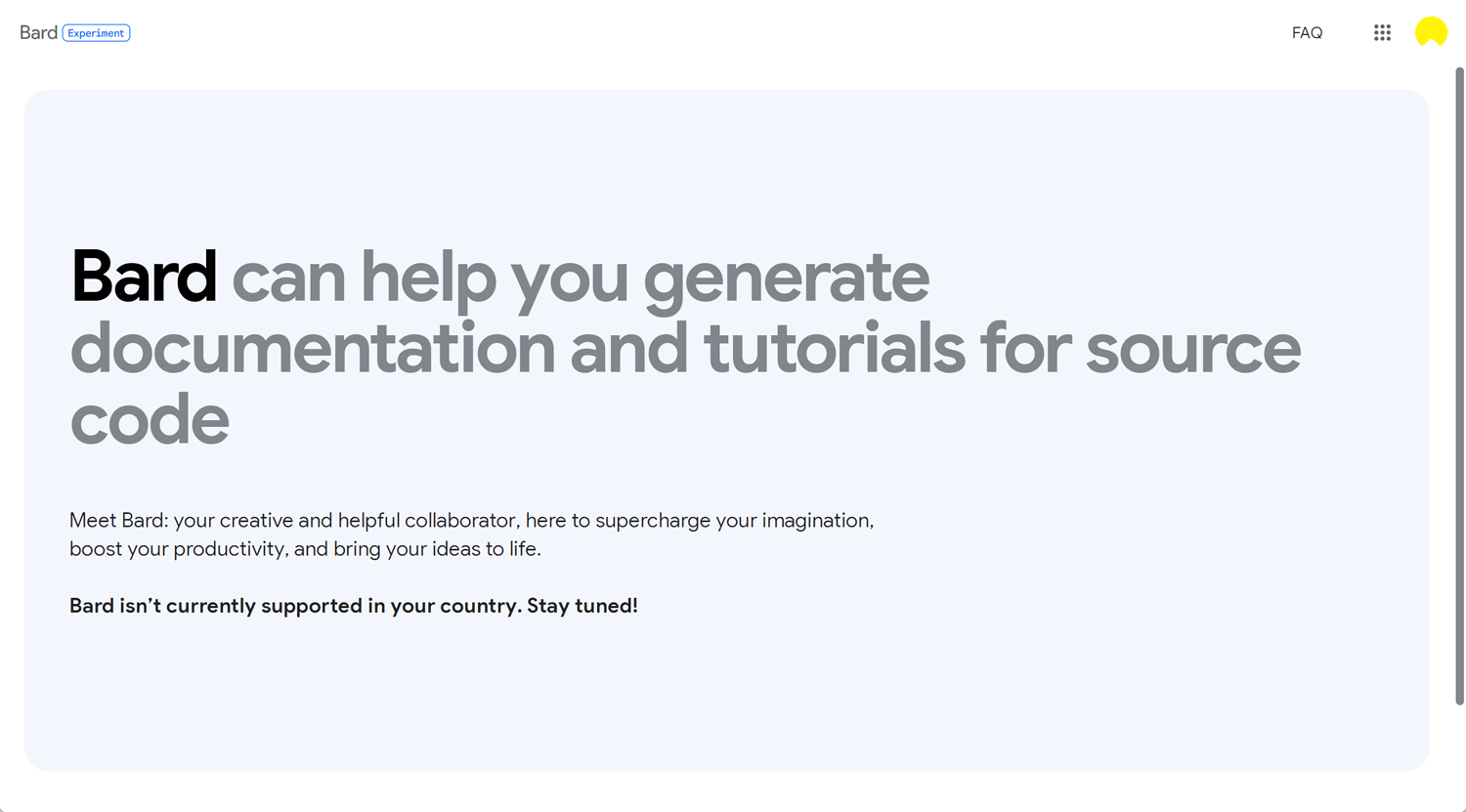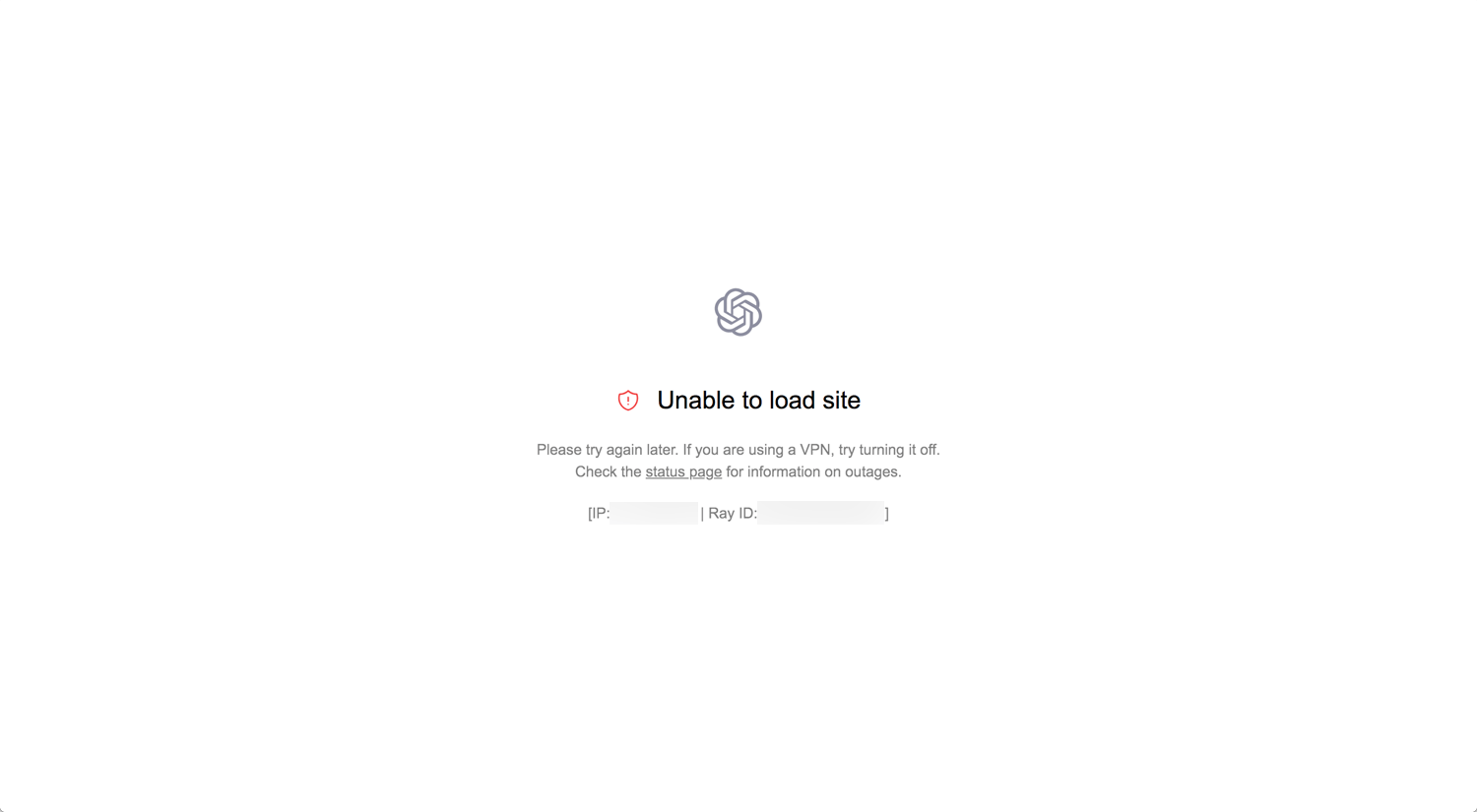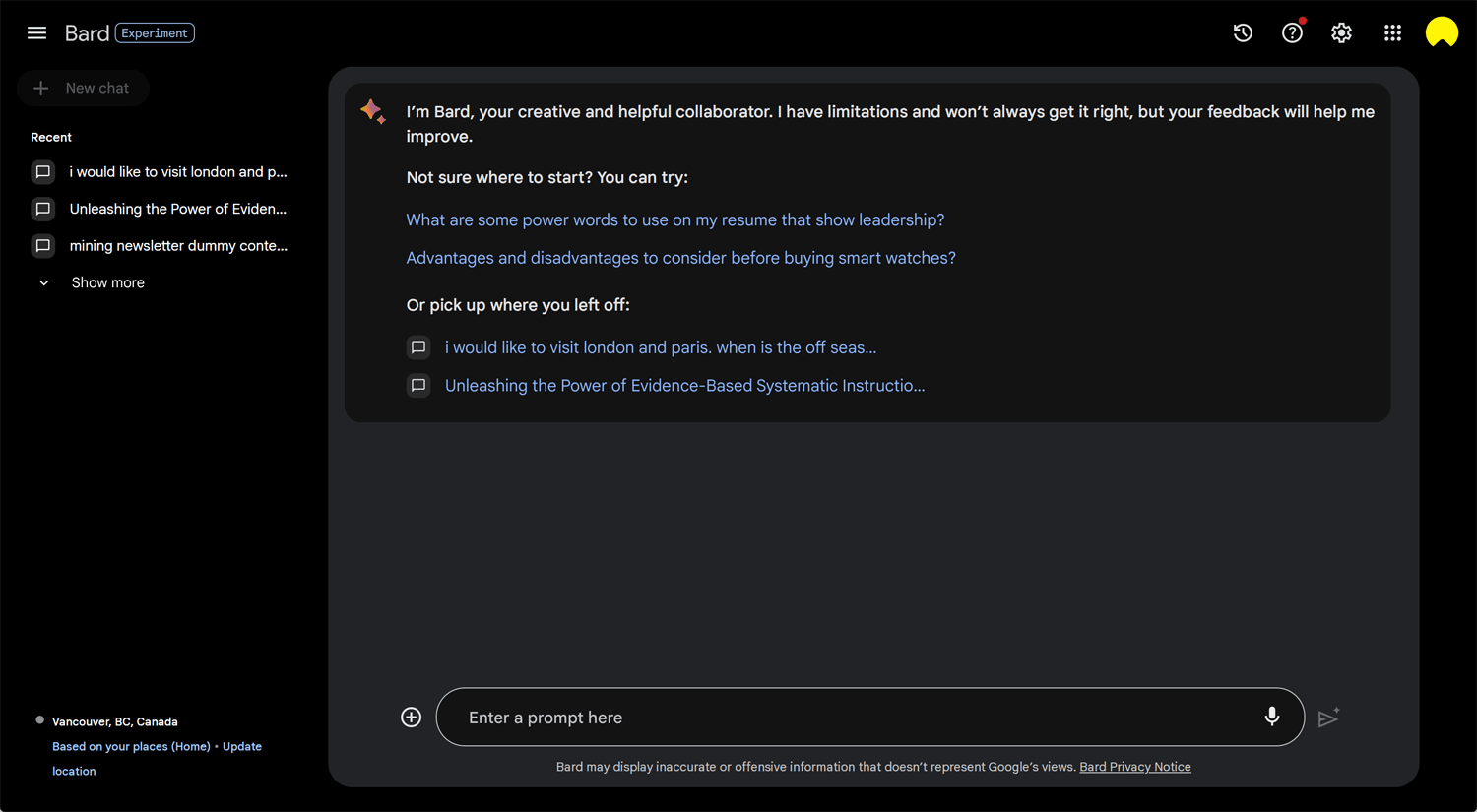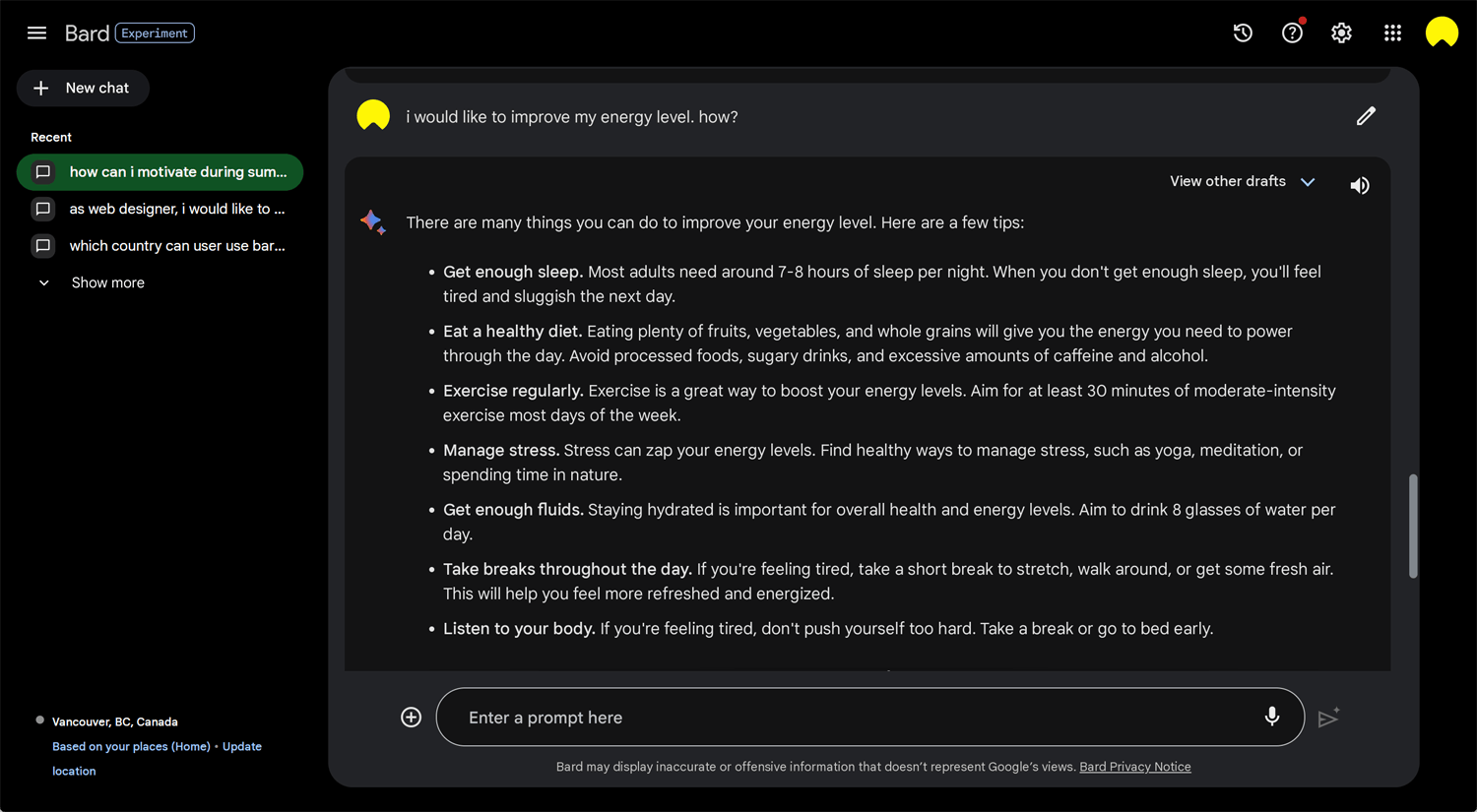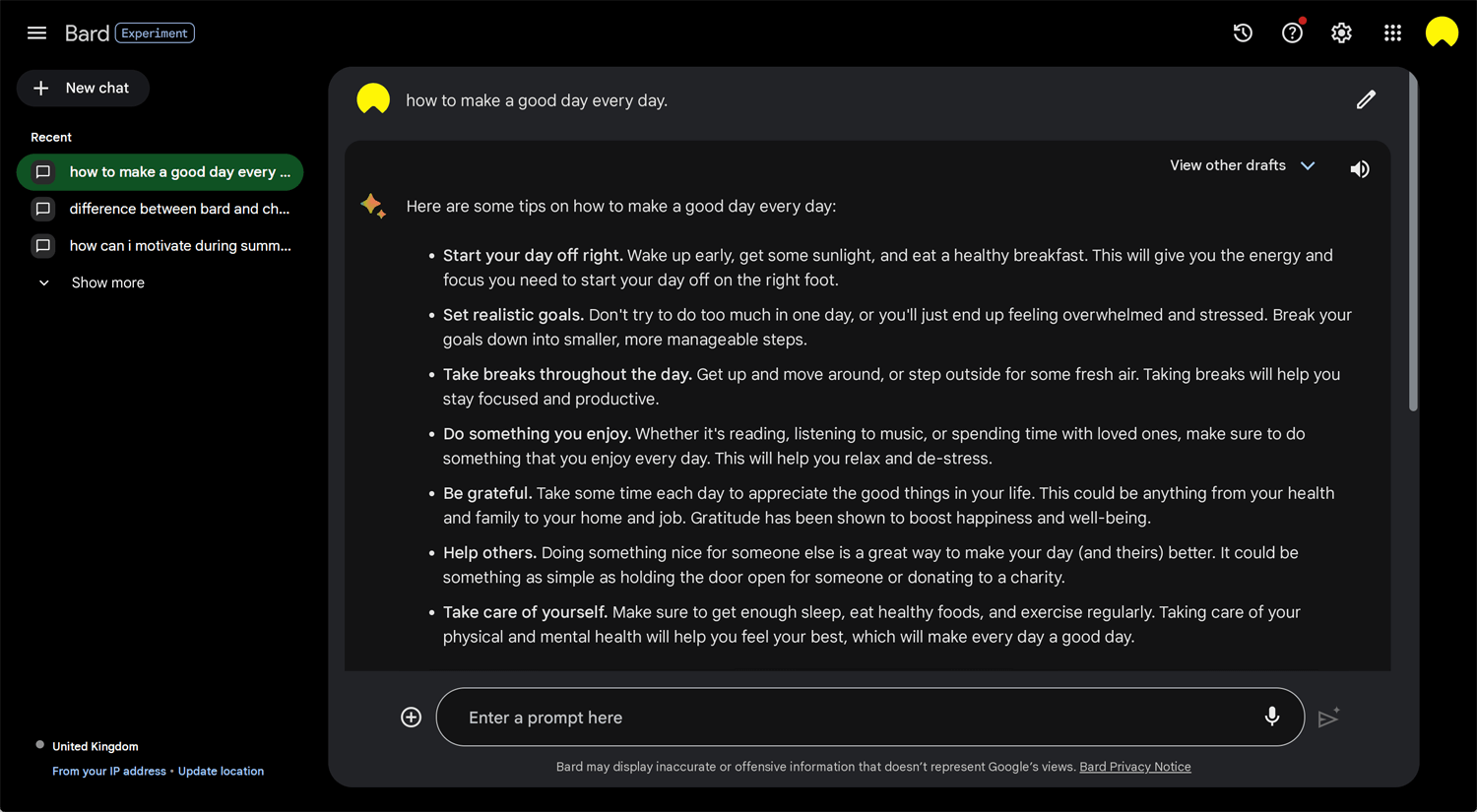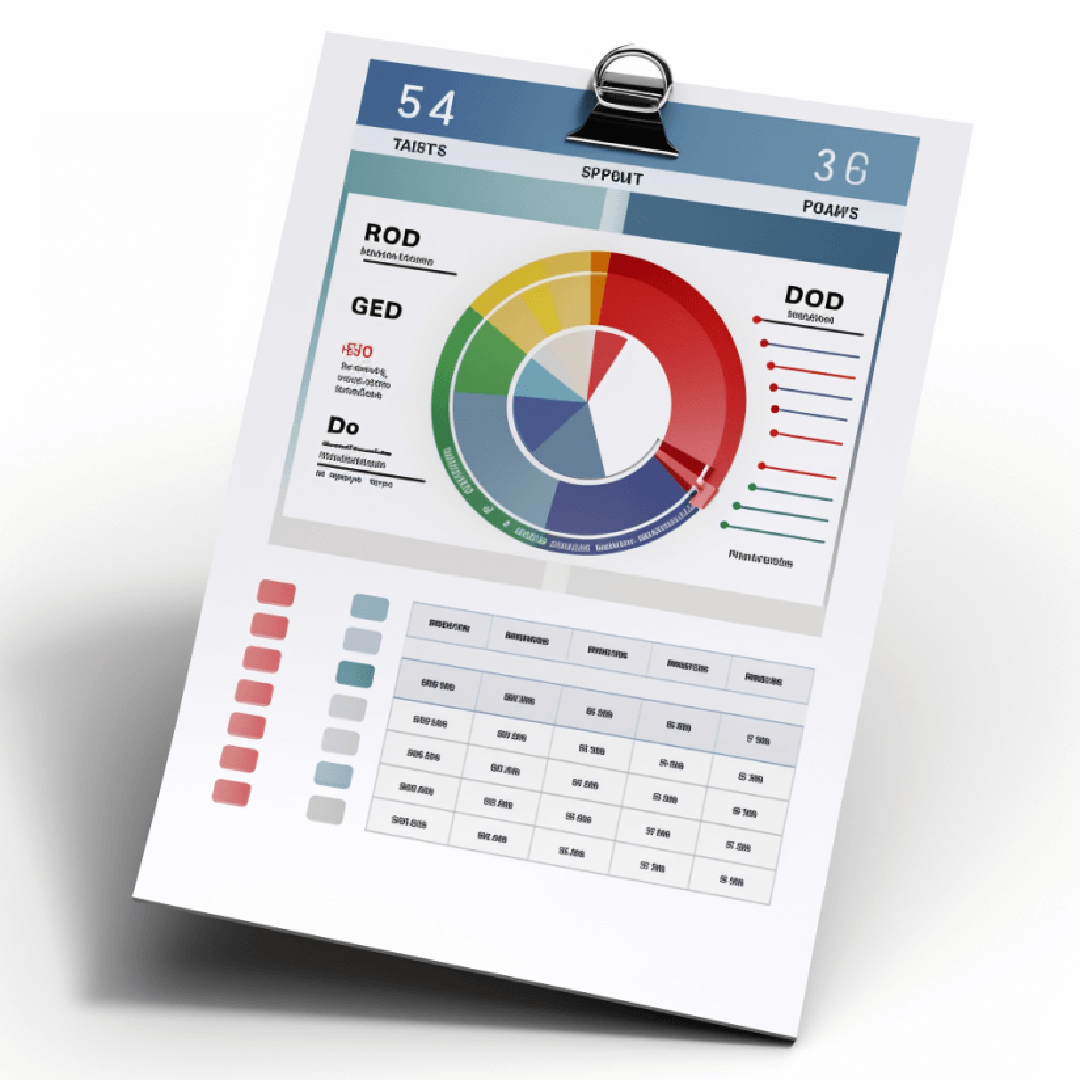Story: Google AI
According to the ChatGPT, Google AI has 2 decades of history below.
Early Beginnings: Google has been interested in AI research since its early years. In 1999, Google’s founders, Larry Page and Sergey Brin, reportedly considered selling their search engine to focus on developing AI technologies.
Acquisition of AI Startups: Over the years, Google has acquired several AI startups to bolster its expertise in the field. Notable acquisitions include DeepMind Technologies in 2014, which has made significant advancements in areas like reinforcement learning and AlphaGo, and Kaggle in 2017, a platform for data science and machine learning competitions.
TensorFlow: In 2015, Google open-sourced TensorFlow, its machine learning framework. TensorFlow has become one of the most popular frameworks for building and deploying AI models, enabling developers to create a wide range of applications.
Google Brain: Google Brain, a research team focused on AI, was formed in 2011. The team’s objective is to advance the field of AI through fundamental research and develop innovative applications. Google Brain has contributed to breakthroughs in deep learning, neural networks, and natural language processing.
Practical Applications: Google has integrated AI across its products and services. Google Assistant, the company’s virtual assistant, utilizes AI to provide voice-activated assistance. Google Photos uses AI for facial recognition and automatic categorization of images. Other applications include machine learning algorithms for search ranking, language translation, and image recognition.
Ethical Considerations: Google has also been involved in discussions surrounding the ethical use of AI. In 2018, the company released a set of ethical principles to guide its development and deployment of AI technologies, emphasizing transparency, fairness, and accountability.
Google has kept research and development. Then, Bard comes out. ChatGPT made a sensation in 2022. It was earlier than Google. That’s the benefit of a startup company. Google has to consider a lot of scenarios as a global company. Just one of them is that the generative AI model has potentially destroyed the Google Ads model. However, business is always competition. Once stop innovation, we lose.
Therefore, I learn AI tools. I research Google AI.
ChatGPT is blocked IP address
ChatGPT is a blocked IP address and I sometimes cannot access to my account. According to Google Search, this is not only me. This is really annoying situation. Therefore, I have a reason to use Bard as an alternative.
I observed the situation. It seems that I am blocked by ChatGPT when I use VPN. On the other hand, I can use Google Bard when I use VPN.
Bard by Google & Bill C-18
I got an announcement when I was in San Francisco. Bard is now available in many countries. I expected that it is available in Canada. However, the chatbot is available in more than 200 countries, but Canada is excluded alongside countries such as Russia, North Korea, China, Belarus, Afghanistan and Syria.
I checked the reason why Google excludes Canada.
Bill C-18, also known as the Online News Act, is a Canadian law that was passed in June 2022. The purpose of the law is to regulate digital news intermediaries, such as Google and Facebook, and to ensure that they pay fair compensation to Canadian news publishers for the use of their content.
The law establishes a framework for negotiations between news publishers and digital news intermediaries. If the parties are unable to reach an agreement, the Canadian Radio-television and Telecommunications Commission (CRTC) can intervene and set a price for the use of news content.
The law has been controversial, with some critics arguing that it is a form of censorship and that it will stifle innovation in the digital news market. However, supporters of the law argue that it is necessary to ensure the sustainability of Canadian news media.
Here is a summary of the key provisions of Bill C-18:
- Establishes a framework for negotiations between news publishers and digital news intermediaries.
- Allows the CRTC to intervene if the parties are unable to reach an agreement.
- Sets a price for the use of news content if the CRTC intervenes.
- Protects the freedom of expression and journalistic independence.
The law is set to come into effect on January 1, 2023. It remains to be seen how the law will be implemented and how it will impact the digital news market in Canada.
Experience with Bard by Google Vol.1
I was using Bard in San Francisco. After I came back to Canada, I wanted to use Bard. I connected to Bard with VPN.
Which country can use Bard AI?
Bard AI is available in over 180 countries and territories, including:
- Africa: Algeria, Angola, Benin, Botswana, Burkina Faso, Burundi, Cameroon, Cape Verde, Central African Republic, Chad, Comoros, Congo, Democratic Republic of the Congo, Djibouti, Egypt, Equatorial Guinea, Eritrea, Ethiopia, Gabon, Gambia, Ghana, Guinea, Guinea-Bissau, Ivory Coast, Kenya, Lesotho, Liberia, Libya, Madagascar, Malawi, Mali, Mauritania, Mauritius, Morocco, Mozambique, Namibia, Niger, Nigeria, Republic of the Congo, Rwanda, Sao Tome and Principe, Senegal, Seychelles, Sierra Leone, Somalia, South Africa, South Sudan, Sudan, Swaziland, Tanzania, Togo, Tunisia, Uganda, Zambia, and Zimbabwe.
- Asia: Afghanistan, Armenia, Azerbaijan, Bahrain, Bangladesh, Bhutan, Brunei, Cambodia, China, Christmas Island, Cocos (Keeling) Islands, India, Indonesia, Iran, Iraq, Israel, Japan, Jordan, Kazakhstan, Korea, Kuwait, Kyrgyzstan, Laos, Lebanon, Malaysia, Maldives, Mongolia, Myanmar, Nepal, North Korea, Oman, Pakistan, Philippines, Qatar, Saudi Arabia, Singapore, Sri Lanka, Syria, Tajikistan, Thailand, Timor-Leste, Turkey, Turkmenistan, United Arab Emirates, Uzbekistan, Vietnam, and Yemen.
- Europe: Albania, Andorra, Austria, Belarus, Belgium, Bosnia and Herzegovina, Bulgaria, Croatia, Cyprus, Czech Republic, Denmark, Estonia, Finland, France, Germany, Greece, Hungary, Iceland, Ireland, Italy, Kosovo, Latvia, Liechtenstein, Lithuania, Luxembourg, Malta, Moldova, Monaco, Montenegro, Netherlands, North Macedonia, Norway, Poland, Portugal, Romania, Russia, San Marino, Serbia, Slovakia, Slovenia, Spain, Sweden, Switzerland, Ukraine, and the United Kingdom.
- North America: Canada, Mexico, and the United States.
- Oceania: Australia, Cook Islands, Fiji, French Polynesia, Guam, Kiribati, Marshall Islands, Micronesia, Nauru, New Zealand, Palau, Papua New Guinea, Samoa, Solomon Islands, Tonga, Tuvalu, Vanuatu, and Wallis and Futuna.
Bard is also available in three languages: US English, Korean, and Japanese.
Please don’t misunderstand. Canada is not included for Bard AI in July 2023.
| Feature | Bard | ChatGPT |
|---|---|---|
| Data source | Google’s massive dataset of text and code | OpenAI’s dataset of text and code, limited to data that was available prior to 2021 |
| Availability | Still under development, but available to a limited number of users | CAvailable to the public |
| Strengths | Better at answering questions, more comprehensive, user-friendly interface | Better at generating text, more natural-sounding responses, faster response times |
| Weaknesses | Can be repetitive, sometimes inaccurate, not as good at generating creative content | Can be less informative, not as good at answering open-ended questions |
| Overall | Better for research and tasks that require factual accuracy | Better for generating creative content and tasks that require natural-sounding responses |
It is important to note that both Bard and ChatGPT are still under development, and their capabilities are constantly improving. It is also worth noting that the best tool for a particular task will depend on the specific needs of the user.
Here is a more detailed comparison of the two models:
Data source
Bard is trained on a massive dataset of text and code that includes information from a wide variety of sources, including books, articles, websites, and code repositories. This gives Bard a wider range of knowledge to draw from, which makes it better at answering ques Save tions and generating creative content.
ChatGPT, on the other hand, is trained on a dataset of text and code that is limited to data that was available prior to 2021. This means that ChatGPT does not have access to the latest information, which can make it less accurate and informative.
Availability
Bard is still under development, and it is only available to a limited number of users. ChatGPT, on the other hand, is available to the public. This means that more people can use ChatGPT, but it also means that the model is more likely to be used for commercial purposes.
Strengths
Bard’s strengths include its ability to answer questions, its comprehensiveness, and its user-friendly interface. Bard is very good at answering factual questions, and it can provide detailed and informative answers. Bard is also very comprehensive, and it can access information from a wide variety of sources. The user-friendly interface makes it easy to use Bard, and it allows users to interact with the model in a natural way.
ChatGPT’s strengths include its ability to generate text, its natural-sounding responses, and its fast response times. ChatGPT is very good at generating creative content, and it can produce text that is similar to human-written text. ChatGPT is also very good at responding to prompts in a natural-sounding way. The fast response times make ChatGPT a good choice for tasks that require quick responses.
Weaknesses
Bard’s weaknesses include its tendency to be repetitive, its occasional inaccuracy, and its limitations in generating creative content. Bard can sometimes be repetitive, and it may provide the same answer to multiple questions. Bard can also be inaccurate, and it may provide incorrect information. Bard is also not as good at generating creative content as ChatGPT.
ChatGPT’s weaknesses include its lack of informativeness, its limitations in answering open-ended questions, and its potential for bias. ChatGPT can sometimes be less informative than Bard, and it may not provide enough detail in its answers. ChatGPT is also not as good at answering open-ended questions as Bard. ChatGPT also has the potential to be biased, and it may reflect the biases of the data it was trained on.
Overall
Bard and ChatGPT are both powerful language models with their own strengths and weaknesses. Bard is better for research and tasks that require factual accuracy, while ChatGPT is better for generating creative content and tasks that require natural-sounding responses. The best tool for a particular task will depend on the specific needs of the user.
Experience with Bard by Google Vol.2
The difference with ChatGPT3.5 is that Bard shows the information where Bard gets. As an ordinal user, I don’t much care about the sources, but it may duty of the service provider. When Google installs Bard on the home page, it will have massive distribution. The AI race is incandescent.
Experience with Bard by Google Vol.3
how to make a good day every day.
Here are some tips on how to make a good day every day:
- Start your day off right. Wake up early, get some sunlight, and eat a healthy breakfast. This will give you the energy and focus you need to start your day off on the right foot.
- Set realistic goals. Don’t try to do too much in one day, or you’ll just end up feeling overwhelmed and stressed. Break your goals down into smaller, more manageable steps.
- Take breaks throughout the day. Get up and move around, or step outside for some fresh air. Taking breaks will help you stay focused and productive.
- Do something you enjoy. Whether it’s reading, listening to music, or spending time with loved ones, make sure to do something that you enjoy every day. This will help you relax and de-stress.
- Be grateful. Take some time each day to appreciate the good things in your life. This could be anything from your health and family to your home and job.
- Gratitude has been shown to boost happiness and well-being.
- Help others. Doing something nice for someone else is a great way to make your day (and theirs) better. It could be something as simple as holding the door open for someone or donating to a charity.
- Take care of yourself. Make sure to get enough sleep, eat healthy foods, and exercise regularly. Taking care of your physical and mental health will help you feel your best, which will make every day a good day.
Here are some additional tips that you may find helpful:
- Be mindful of your thoughts and feelings. Notice when you’re having negative thoughts, and challenge them. Instead of focusing on the negative, focus on the positive.
- Practice gratitude. Keep a gratitude journal, or take a few minutes each day to think about the things you’re grateful for.
- Spend time in nature. Getting outdoors can help you relax and de-stress.
- Connect with loved ones. Spend time with people who make you happy.
- Do something you’re passionate about. Whether it’s volunteering, playing a sport, or learning a new skill, find something that you’re passionate about and do it regularly.
Making a good day every day is a skill that takes practice. But if you follow these tips, you’ll be well on your way to having more good days than bad.
Conclusion: Bard generates the response relatively more
I use both Bard and ChatGPT. Relatively speaking, Bard generates much more information than ChatGPT. I realized that Bard does not mention the data limitation. ChatGPT often mentions that I was trained in the data before September 2021, etc.
I cannot say which is better at the moment. On the user interface, ChatGTP looks generating, like typing. Bard displays the response instantly after thinking/loading. It looks less personality on it though the icon is always shining.
When you search for how to use Bard/ChatGPT on YouTube, you can find tons of resources. Let’s keep learning during the summer 🏝
